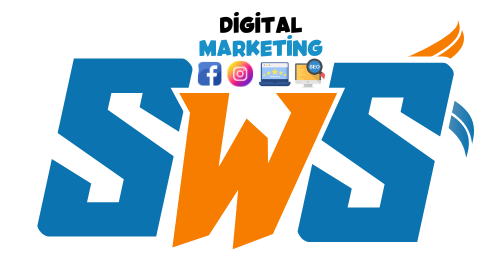Website designing in Delhi NCR
Send Request For Work Here Naam: Mobile Number: Email: Konsi Service Chahiye? SEOSocial Media MarketingGoogle AdsWebsite DevelopmentGraphic Designing Aapka Budget Kya Hai? ₹5,000 – ₹10,000₹10,000 – ₹25,000₹25,000 – ₹50,000₹50,000+ Message: Website designing in Delhi NCRWebsite designing in Delhi NCR
Choosing the Right Professional Website Designer in Delhi: A Focus on Dwarka
Introduction to Website Design In the contemporary digital landscape, website design plays a pivotal role in establishing a business’s online presence. With an increasing number of consumers turning to the internet for information, services, andChoosing the Right Professional Website Designer in Delhi: A Focus on Dwarka


